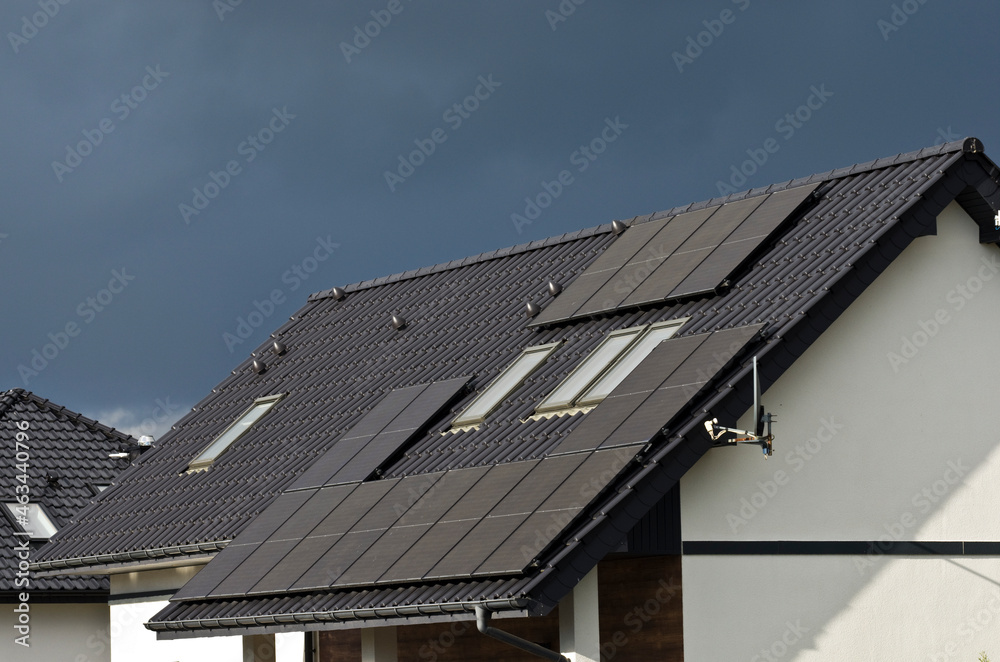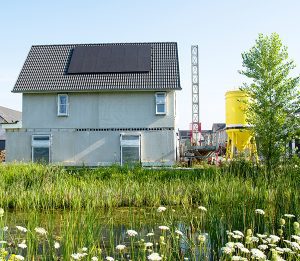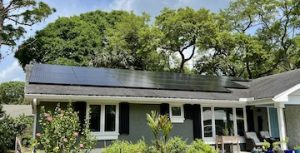With fossil fuel prices setting new highs, solar once again sees increased interest from homeowners. There are many reasons solar is an ideal solution. For as long as there’s been a need for energy, people used the sun. Whether it’s through greenhouse technology or for a simple tan, the sun’s rays have incredible power. However, many homeowners are apprehensive about taking the solar plunge. Their worries involve costs and determining the actual dollars of savings they’ll get. The good news about solar is today it’s cheaper than ever to install.
The Sun Exposure
The first consideration for solar power is how much exposure a roof has to the sun. Different climates offer different levels of exposure. For example, a desert home sees more sun during the year than a rural New England cottage. There are plenty online tools helping homeowners evaluate their level of sun. However, a solar technician has the skills needed not just to evaluate solar exposure but to offer different solutions for various homes. The higher the home’s exposure to the sun is directly relates to the home’s ability to harvest and utilize maximum amounts of solar energy.
Electricity Delivery Rates
All electric bills have rates in per kilowatt hours. The rates vary between states, because power companies must comply with local ordinances. There could be locations where the cost of electricity is so low that investing in solar wouldn’t save much money. Other locations with high electricity rates offer greater potential in savings. Electricity delivery rates vary not just between locations, but seasonally as well. At times service disruptions like natural disasters require power companies to increase costs. Solar helps homeowners stay online during storms and keep rates stable. Consider the cost of electricity and the potential of rate increases when pricing out solar power.
Estimating Solar Panel Costs
The good news about solar costs is $3-$5 per watt. This comes out to roughly $20,000 for a system designed for an average home. There are other costs to consider. Installation costs may combine with the equipment costs. There are plenty of government rebates too. The key is figuring out federal, state, and local rebates. Like any equipment, there are maintenance costs. Fortunately, solar panels are built to last for roughly 20 years. Therefore, a homeowner prices costs not just in the initial upfront method, but over the lifetime of the products. Solar panels also increase a home’s resale value as well.
Pay Attention to Changes
The geopolitical considerations involved in solar make prices fluctuate. Building many components overseas creates exposure for trade problems to increase costs. Paying attention to the government’s operations helps solar customers understand where costs come from. There is a push for American manufacturers to build more solar capacity. They’re also tax incentives proposed to have commercial buildings invest in green technology. With solar’s increasing demand and resulting increase in manufacturing, the potential for lower prices is on the way. Check out the different policy debates to learn more about where the cost of solar actually comes from.





